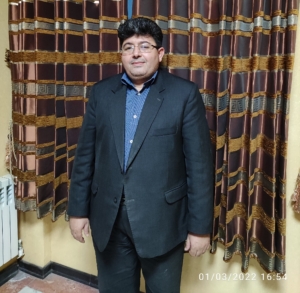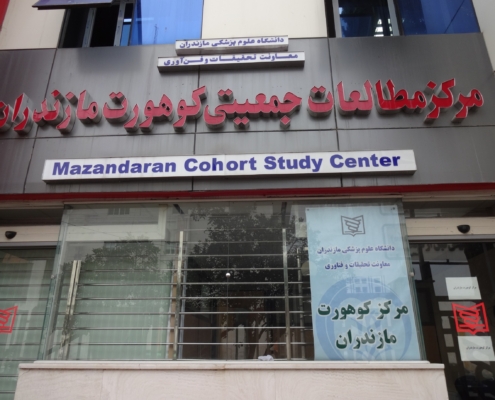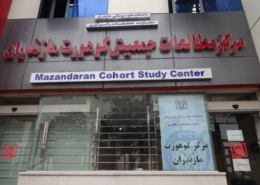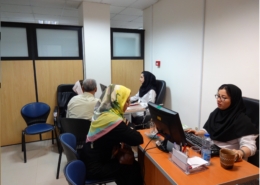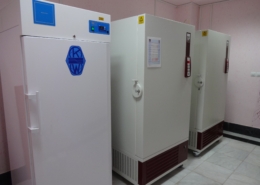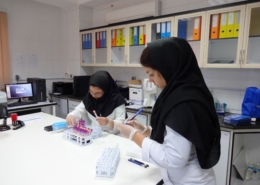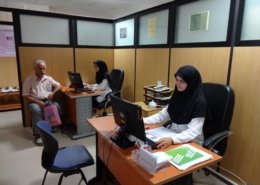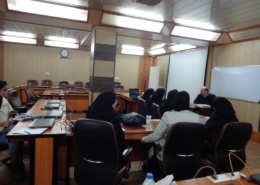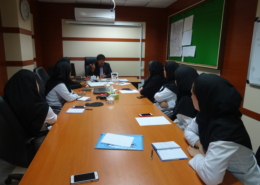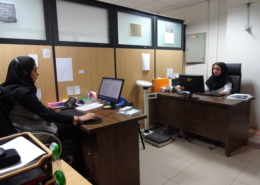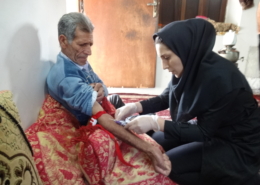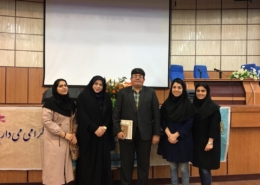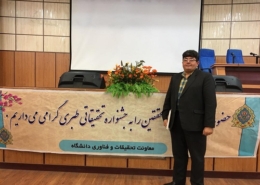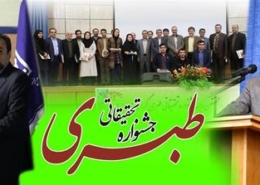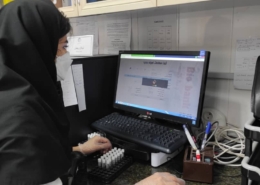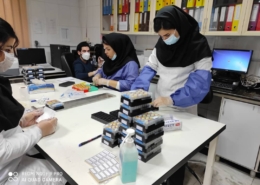
Mazandaran Cohort Study
Mazandaran University of Medical Sciences
Deputy for Research and Technology
Principal Investigators:
DR. Mahmood Moosazadeh
Cohort study
Approval date
24 September 2014
Starting date
1 June 2015
Goals
- Determining the risk factors of non-communicable diseases(NCD) in the Tabari Cohort Study(TCS)
- Determining the relationship between gender and NCD in the TCS
- Determining the relationship between socioeconomic status and NCD in the TSC
- Determining the relationship between oral health status and NCD in the TSC
- Determining the relationship between calorie intake and NCD in the TSC
- Determining the relationship between physical activity and NCD in the TSC
- Determining the relationship between alcohol consumption and NCD in the TSC
Study population
Participants were males and females aged 35 to 70 years, selected from a population census from Health
Center number five at Sari (capital city of Mazandaran province) and Kiasar city as the
urban and mountainous regions.
Sampling method and sample size
A list of the target populations in the urban and mountainous regions was generated from health records in health centers and all those eligible (being Iranian, resident of the defined regions and without physical/mental abnormalities hindering participation) were invited to refer to the cohort centers by healthcare volunteers in Sari and Behvarz workers in Kiasar. Behvarz are health house staff in rural areas who are in charge of vaccination programs, family planning, and reporting births.7 All personnel were trained regarding the study objectives, methods, and principles of communication/interview. They referred in person to all households and invited the residents to participate in the study at least two weeks prior to an interview date. Those who agreed to participate received reminder calls one week and one day before the scheduled date. Upon arrival at the cohort center, written informed consent was obtained from each participant after detailed explanations of the design and aims of the study. A total of 10 255 participants were enrolled in TCS.
Data Collection
Data was collected and recorded using an online software, designed by the PERSIAN cohort.21 Data was collected
using a structured questionnaire and through face to face interview. The collected information included demographic characteristics, socioeconomic status, occupational history, fuel use, habitat characteristics, life-style factors, history of fertility and chronic diseases, medication use, family history of diseases, sleep habits, physical activity, personal habits (smoking and drinking), dietary habits, pesticide exposure, and mobile use. In addition, a general physical examination including anthropometric measurements, blood pressure measurements, and oral examinations were performed and biological samples including blood, urine, hair, and nail samples were collected in the fasted state.
Follow up Methods
Tabari cohort follow-up includes annual and periodic follow-up (re-measurement). All participants were contacted every year in order to ascertain major NCDs. The periodic follow-up will be conducted every 5 year .Among all participants, 30% will be selected randomly. They will be re-interviewed and all biological samples will be collected.
Main Exposures
All risk factors related to chronic diseases including genetic factors, life style, socioeconomic status and environment contamination
Outcomes
There are three kind of outcomes of interest, including: 1. Death (confirmed cause of death), 2. Major NCDs including malignancies, cardiovascular diseases(myocardial infarction and other ischemic heart diseases, hypertension and heart failure), stroke, cerebrovascular accident, diabetes mellitus, pulmonary disease(Asthma, pneumoconiosis, COPD, chronic bronchitis and pulmonary emphysema), chronic renal failure leading to dialysis, hepatic fibrosis and cirrhosis, alzheimer and parkinson and 3.trends in risk factors or protective factors including anthropometric, physiologic, nutritional, life style, environmental and occupational factors.
Gallery
24 September 2014
1 June 2015
Enrolment Phase Start Date
7 November 2017
Enrolment phase Last Date
29 November 2021
Repeated Measurement Phase Start Date
News
Publications
Click here to add your own text

